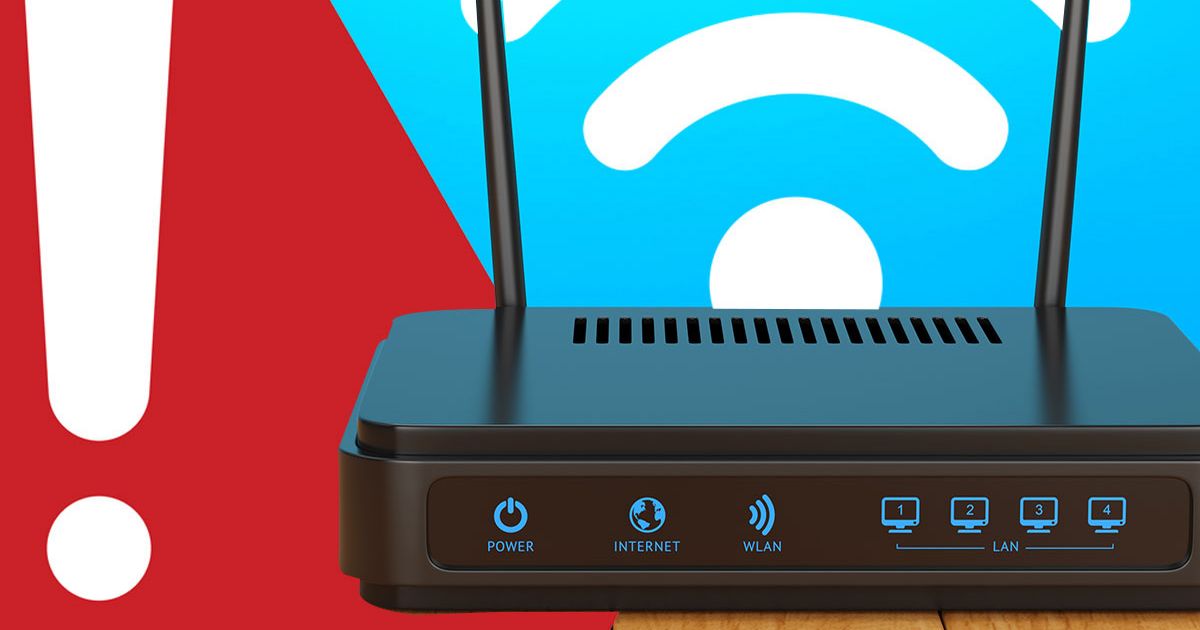If your broadband speeds aren’t up to scratch, it might be worth checking how old your router is.
It’s no secret that we crave faster broadband speeds. Having a decent internet connection is now vital for the millions of us who work from home, download games onto consoles and stream endless movies via Netflix and Disney+. Of course, you can’t physically change the speeds coming in through the walls, as this is determined by how good your Internet Service Provider’s (ISPs) technology is and how much you are willing to pay.
That said, there are plenty of things you can do inside the home to make sure the web is being whizzed around rooms as seamlessly as possible, and one of the places to start is your Wi-Fi router.
This device is vital to achieving the best speeds, and having something outdated in the corner of the room won’t help matters one bit.
READ MORE: End of your ‘dodgy’ Fire TV Stick? Major update will block all illegal streaming apps
In fact, according to the team at Community Fibre, anyone with a hub (router) that is 5 years old or more should consider switching to something more modern without delay.
Quite simply, aging routers just can’t keep pace with modern needs such as 4K streaming, multiple downloads and working from the home office.
Explaining more, Community Fiber said: “Older routers may not support modern WiFi standards like WiFi 6, which offer faster speeds and better coverage. If your router is more than five years old, it could be the bottleneck.
“Newer routers are designed to handle more devices and reduce interference. Upgrading can make a huge difference, especially in busy homes.”
You should find that your ISP offers an upgrade if you give them a call. Some might even be free of charge.
If not, there are also plenty of Wi-Fi 6 and even improved Wi-Fi 7 routers on the market, which will all help boost speeds.
It’s just the age of the router that can affect things. Community Fiber says it’s vital to keep that flashing black box away from things that could interfere with the signal.
READ MORE: The ‘worst’ UK broadband confirmed – where does your provider rank on the list?
“WiFi signals weaken when they pass through walls, furniture, or appliances. Placing your router in a cupboard, behind a TV, or near metal objects can drastically reduce performance,” the UK provider explained.
Instead, position your router in a central, elevated spot – ideally on a shelf or wall mount – and away from other large electronics such as microwaves.
Things such as some baby monitors, radio devices and Bluetooth speakers can cause signal interference, and others (eg mirrors, fish tanks, chimney breasts, walls) introduce signal attenuation – where the signal strength is weakened as it passes through.
Finally, it’s a good idea to see how congested things are. If you think of broadband a little like a motorway you’ll get a good idea of why things can grind to a halt. The more traffic running along the cables, the slower things get.
“Every device connected to your WiFi shares the available bandwidth,” Community Fiber added.
“If your household is streaming, gaming, and video calling all at once, speeds can plummet.
“Disconnect devices you’re not using and consider scheduling large downloads outside of peak hours. If you have the option of hardwiring devices that don’t move, this will help relieve congestion. Some routers will also allow you to adjust your router’s settings to prioritize traffic for work calls or streaming.”


اترك تعليقاً